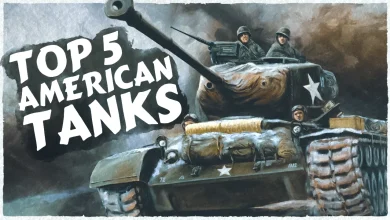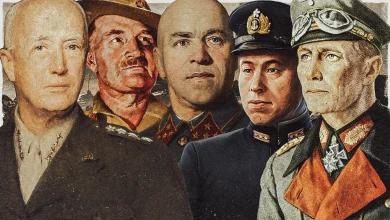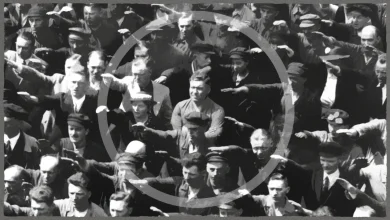SAS Raid on Sidi Haneish

By early 1942, the tide was starting to turn for the British in North Africa. As over 70% of supplies going to General Rommel’s Afrika Korps and his Italian allies were being sunk crossing the Mediterranean. As a result, the Germans employed more Luftwaffe aircraft to move supplies and these aircraft and airfields became obvious targets for attack. Unable to divert large forces to hit the airfields, the problem was given to a new commando organization, the Special Air Service or SAS. Formed in July 1941 by Major David Stirling, it was designed to operate behind enemy lines, using stealth, guile, and fieldcraft to achieve its aims.
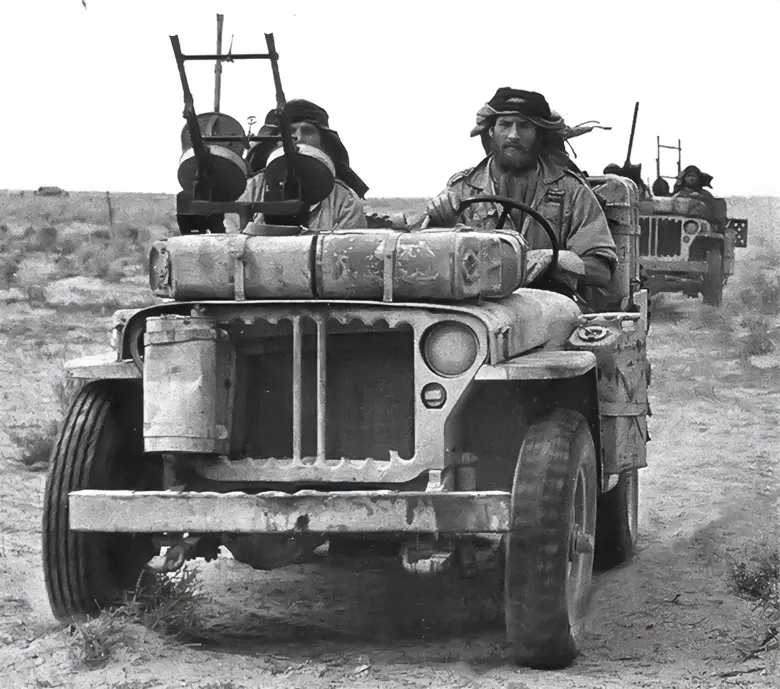
The early SAS consisted of mostly British and Free French volunteers who had undergone commando and parachute training. But for the attack to come, stealth and guile would be replaced by overt and loud violence.
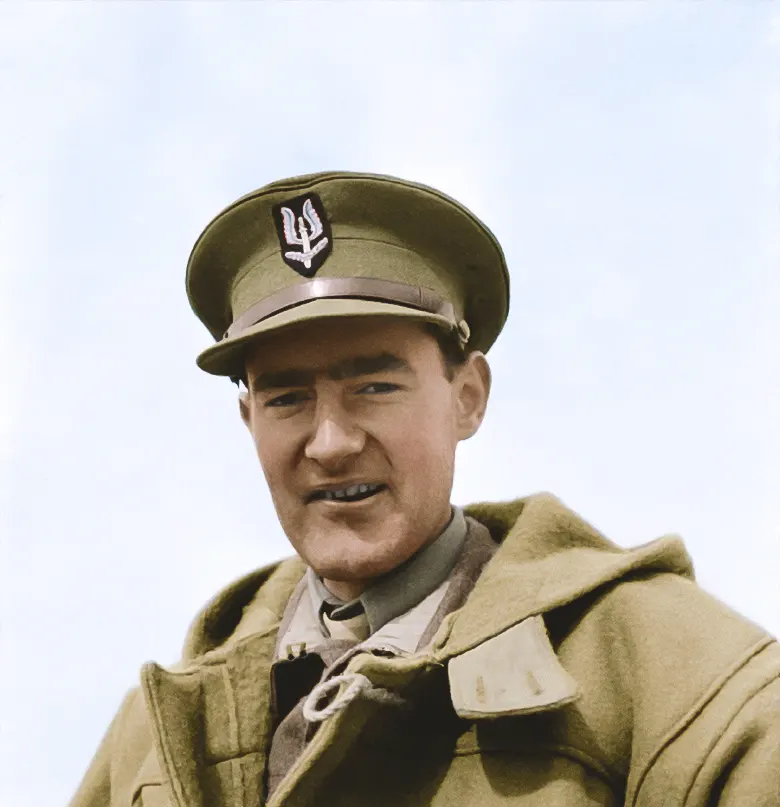
The target Stirling selected was Sidi Haneish Airfield, 235 miles or 378 kilometers west of Cairo, Egypt. The base house large numbers of German aircraft whose loss or damage would be a serious blow to Rommel’s resupply efforts. The question was, what method should the attack take, and how should the men get there and back again. Stirling turned to another special forces unit, the Long Range Desert Group for help.
The LRDG had been formed in July 1940. They carried out deep penetration, covert reconnaissance, and intelligence missions behind enemy lines using Chevrolet or Ford trucks and Willys jeeps.

They were the best desert troops the British possessed. Major Stirling decided to use the LRDG to drive his SAS to the target and back.
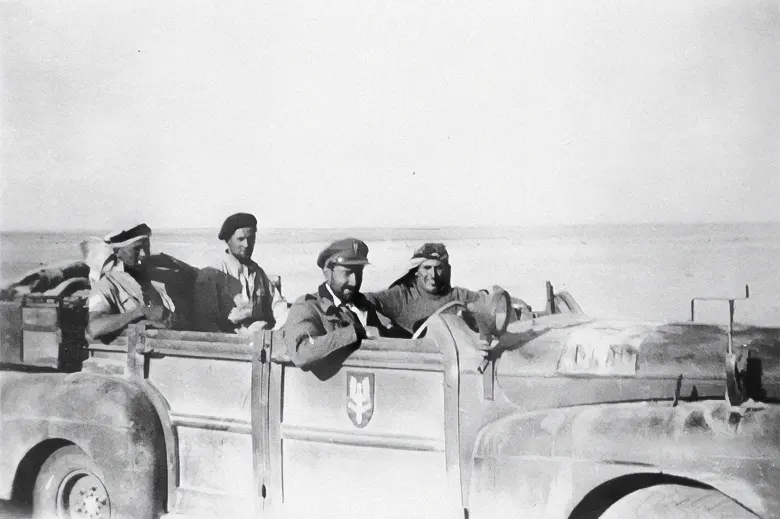
The plan was staggeringly simple, L detachment SAS Brigade would with LRDG drivers use 18 jeeps, three or four men to each vehicle. Each Jeep was armed with four Vickers ‘K’ machine guns of a type normally fitted to aircraft.

The guns would fire Buckingham rounds, that is .303 explosive incendiary bullets. The force would drive across the desert to Bir el Quseir, 50 miles from the German base, the set up a ford hideout. Then, moving in two columns of nine jeeps each, the SAS would smash their way onto the German airfield and drive around shooting up every parked aircraft that they could see before withdrawing under cover of darkness to race the 50 miles back to their hideout before German aircraft could begin searching for them.

The mission commenced on the evening of the 26th of July 1942, when the 18 jeeps drove out of their hideout and covered the 50 miles to the target without any problems. But as they approached the airfield, the runway lights were suddenly illuminated, had the SAS been spotted. But then the drone of a bomber coming into land dispelled any fears. Major Sterling stood up in his Jeep and fired a green flare, the go signal. The 18 jeeps in a large V formation, gun their engines and shot forward at high speed towards the airfield.

Soon the airfield was lit with tracer fire as the jeeps raced among the German aircraft, spitting destruction and death. Junkers 87 Stukas and Junkers 52 transport planes blew up, were riddled with .303 bullets and Messerschmitt 109 fighters were shot to pieces.
The confused German garrison returned fire with 20 mm anti-aircraft guns and small arms. Suddenly, one jeep was hit and knocked out, a SAS soldier was killed. Sterling led the jeeps round for a last sweep of the airfield but with their ammunition almost used up, jeeps disengaged and once more moved off. They split up into groups of three to five jeeps and headed hell-for-leather towards Bir el Quseir.
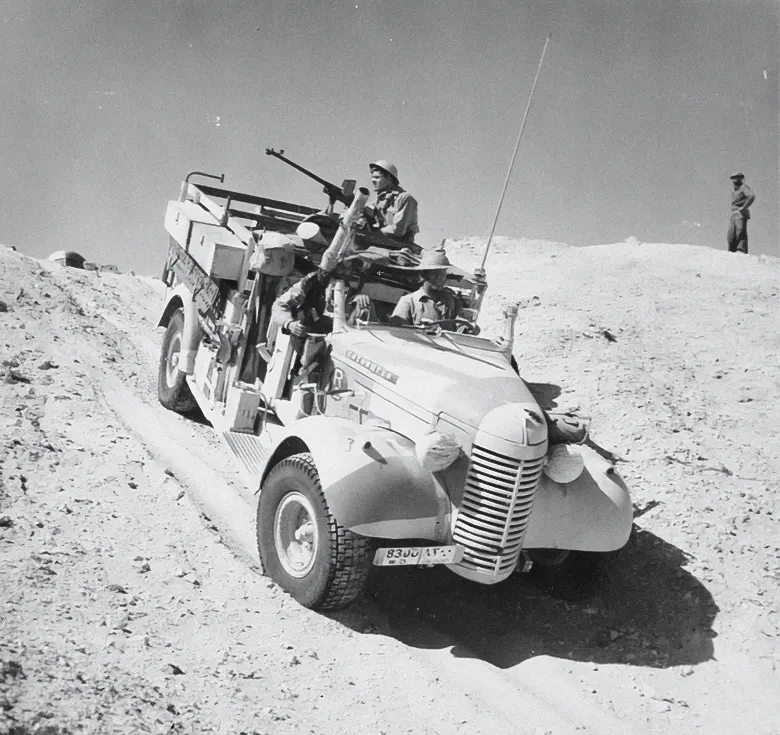
The German airfield was somewhat in a mess with 40 German planes burning or shot full of holes, and numerous German personnel dead or wounded. One group of French SAS fell behind, held up by punctures, and was still driving when the sun came up on the 27th of July.
Stukas pounced on them, bombing and strafing nine times, killing one more SAS man and destroying several of the jeeps. But once the Stukas disengaged, the French SAS withdrew successfully to the hideout.
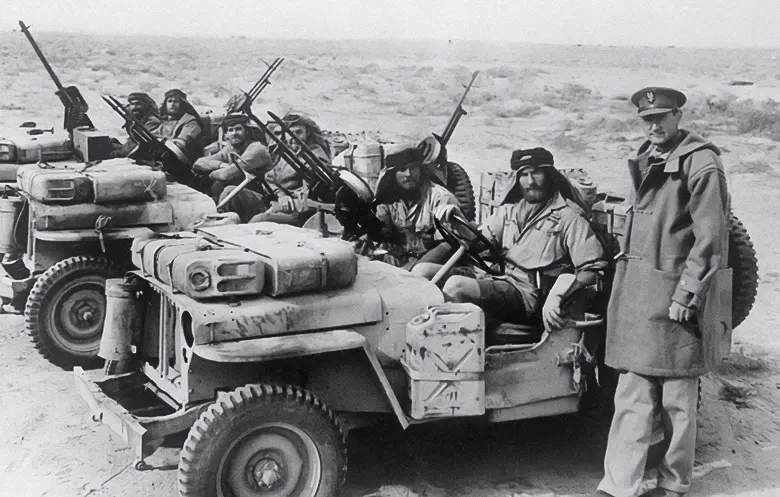
A massive blow had been struck to the Germans in North Africa and the SAS had more than lived up to their memorable motto “Who Dares Wins”.
